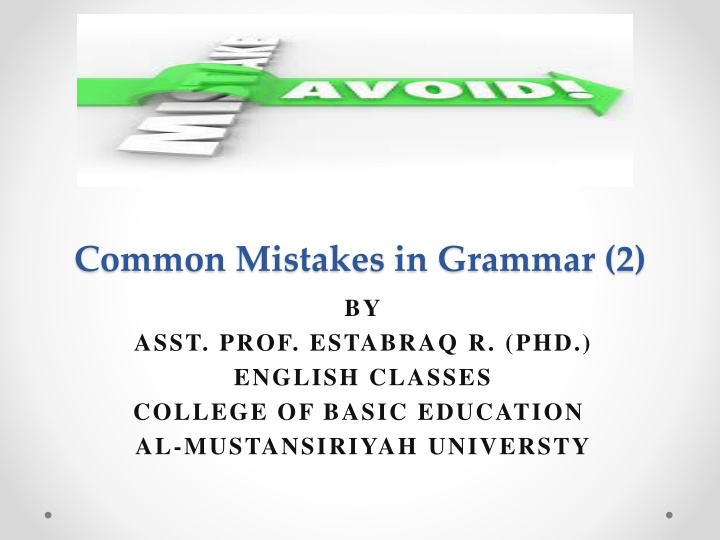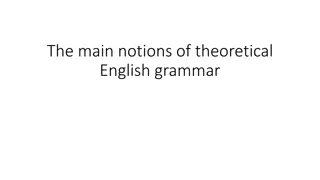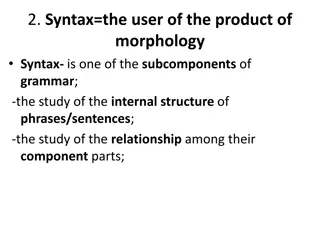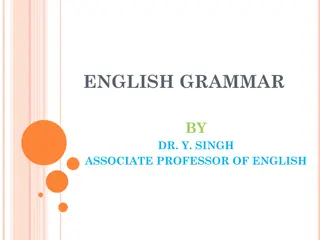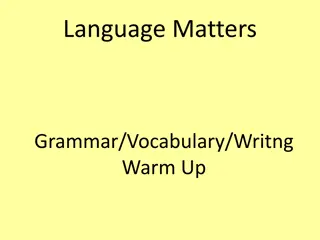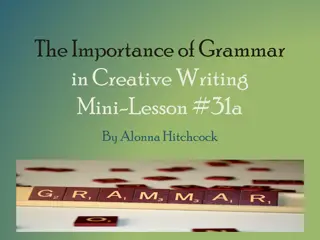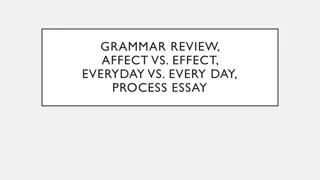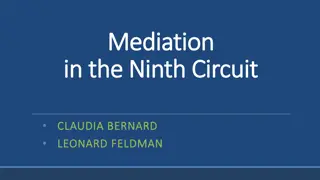Common Mistakes in Grammar (2)
Pronoun reference and comma usage errors in grammar can lead to confusion in writing. Learn how to avoid vague pronoun references and missing commas in compound sentences through examples and corrections.
Download Presentation

Please find below an Image/Link to download the presentation.
The content on the website is provided AS IS for your information and personal use only. It may not be sold, licensed, or shared on other websites without obtaining consent from the author.If you encounter any issues during the download, it is possible that the publisher has removed the file from their server.
You are allowed to download the files provided on this website for personal or commercial use, subject to the condition that they are used lawfully. All files are the property of their respective owners.
The content on the website is provided AS IS for your information and personal use only. It may not be sold, licensed, or shared on other websites without obtaining consent from the author.
E N D
Presentation Transcript
Common Mistakes in Grammar (2) BY ASST. PROF. ESTABRAQ R. (PHD.) ENGLISH CLASSES COLLEGE OF BASIC EDUCATION AL-MUSTANSIRIYAH UNIVERSTY
Vague Pronoun Reference Apronoun can replace a noun, and its antecedent should be the person, place, or thing to which the pronoun refers. A vague pronoun reference (including words such as it, that, this, and which) can leave the reader confused about what or to whom the pronoun refers.
1-Incorrect: When Jonathan finally found his dog, he was so happy. (The dog or Jonathan?) Correct: Jonathan was so happy when he finally found his dog. 2-Incorrect: Don felt a lot of anger and bitterness as a result of Marie s decision. This is what ended everything. (What ended everything? Don s anger and bitterness or Marie s decision?) Correct: Don felt a lot of anger and bitterness as a result of Marie s decision. Her choice ended everything.
No Comma In A Compound Sentence A comma separates two or more independent clauses in a compound sentence separated by a conjunction. The comma goes after the first clause and before the coordinating conjunction that separates the clauses. Example Incorrect: The man jumped into a black sedan and he drove away before being noticed. Correct: The man jumped into a black sedan, and he drove away before being noticed.
